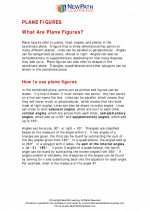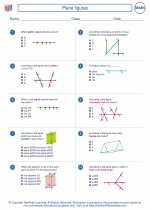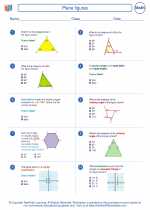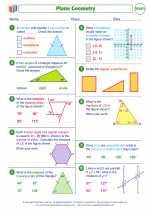Water Cycle Study Guide
The water cycle, also known as the hydrologic cycle, describes the continuous movement of water on, above, and below the surface of the Earth. It involves processes such as evaporation, condensation, precipitation, and runoff. Understanding the water cycle is important as it affects the availability of water for various uses on Earth.
Key Concepts
- Evaporation: The process by which water is converted from its liquid state to a gaseous state, usually due to the heat of the sun.
- Condensation: The process by which water vapor in the air is converted into liquid water, forming clouds.
- Precipitation: Any form of water, such as rain, snow, sleet, or hail, that falls from the atmosphere to the Earth's surface.
- Runoff: The movement of water over the land surface and into streams, rivers, and eventually, the oceans.
- Infiltration: The process by which water on the ground surface enters the soil.
- Transpiration: The release of water vapor from plants into the atmosphere.
Water Cycle Processes
The water cycle consists of the following main processes:
- Evaporation: Water from oceans, lakes, and rivers evaporates into the atmosphere due to the heat of the sun.
- Condensation: Water vapor in the atmosphere cools and condenses to form clouds.
- Precipitation: Clouds release water in the form of rain, snow, sleet, or hail, which falls to the Earth's surface.
- Runoff and Infiltration: Precipitation either runs off the surface into bodies of water or infiltrates into the soil.
- Transpiration: Plants release water vapor into the atmosphere through their leaves.
Importance of the Water Cycle
The water cycle is vital for maintaining the Earth's water supply and supporting various ecosystems. It helps replenish freshwater sources, sustain plant and animal life, and regulate the Earth's climate. Understanding the water cycle is crucial for managing water resources and addressing issues such as droughts, floods, and water pollution.
Study Tips
- Use diagrams and visual aids to understand the different processes of the water cycle.
- Memorize the key terms and their definitions to grasp the concepts effectively.
- Explore real-life examples of the water cycle in your local environment, such as observing precipitation or studying the flow of rivers.
- Discuss the importance of the water cycle in maintaining the balance of ecosystems and human activities.
- Review and practice with water cycle-related questions and problems to test your understanding.
By mastering the water cycle, you can gain a deeper appreciation for the intricate processes that sustain life on Earth and contribute to environmental conservation efforts.
[Water Cycle] Related Worksheets and Study Guides:
.◂Math Worksheets and Study Guides Eighth Grade. Plane figures

 Worksheet/Answer key
Worksheet/Answer key
 Worksheet/Answer key
Worksheet/Answer key
 Worksheet/Answer key
Worksheet/Answer key
 Worksheet/Answer key
Worksheet/Answer key
